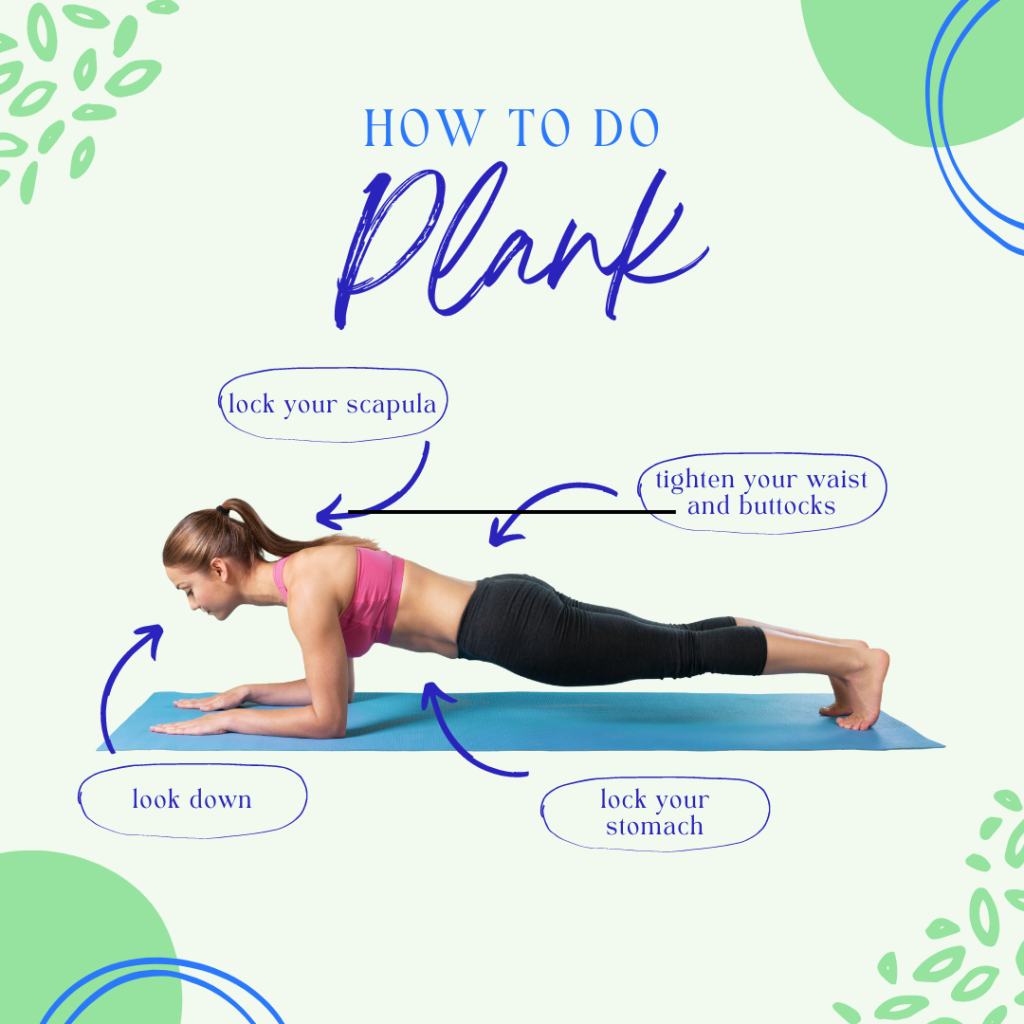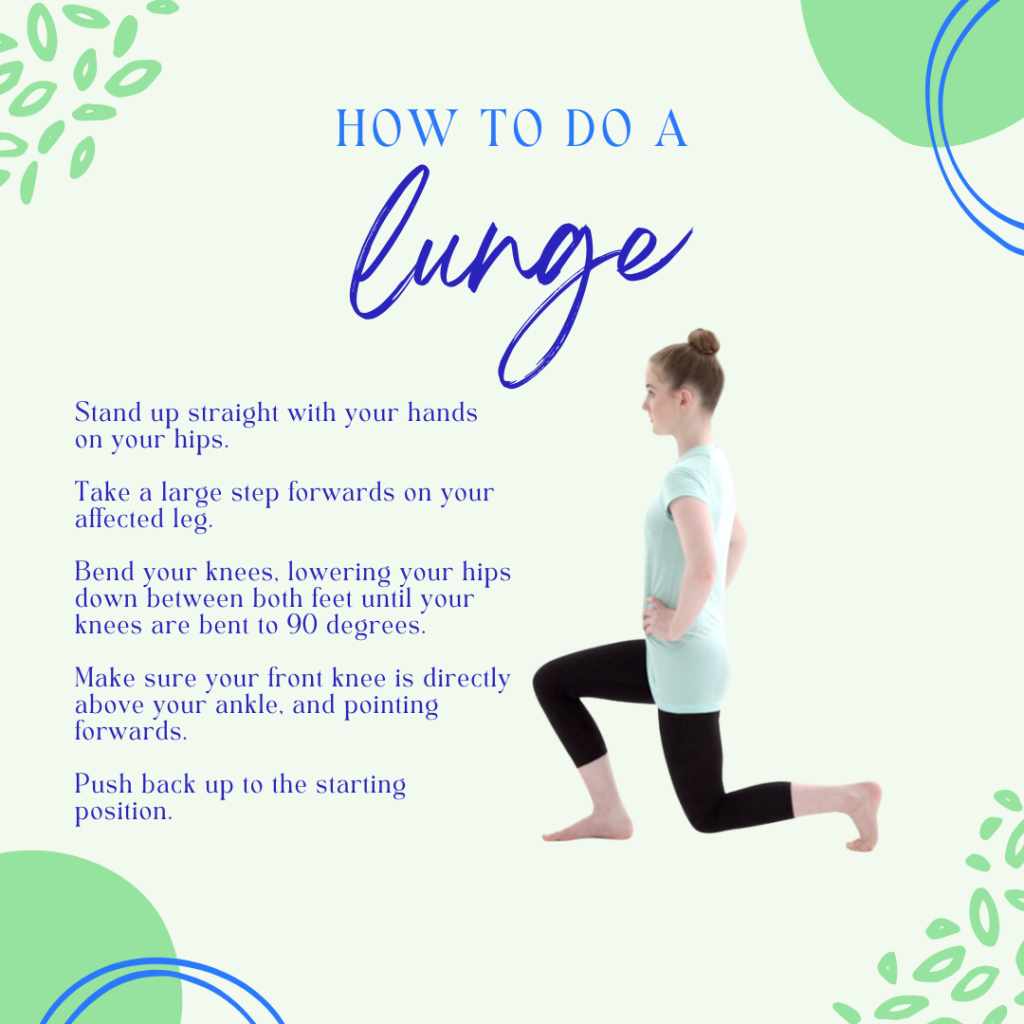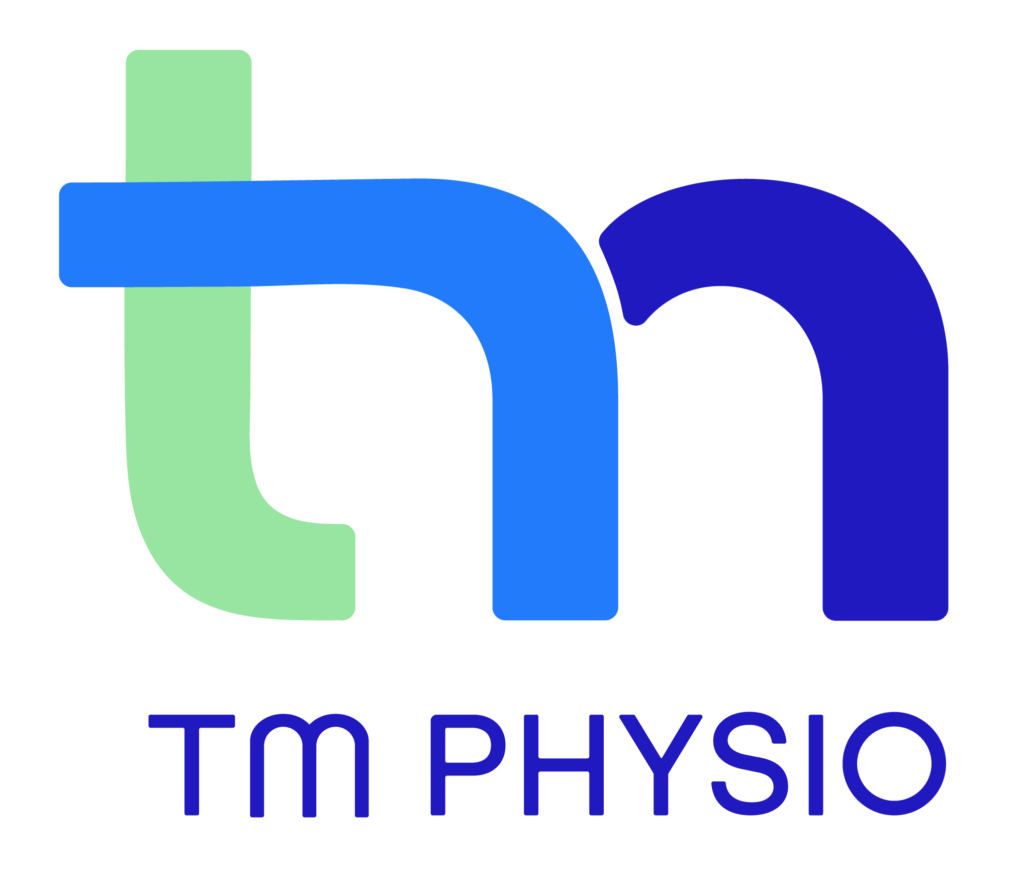How to power up your jumping abilities.
Are you looking to boost your jumping abilities? Whether you’re an athlete aiming to enhance performance, a dancer wanting to add more height to your leaps, or just someone who wants to impress nieces and nephews at the next family gathering with an epic leap; increasing your power can significantly elevate your jumping prowess.
Why Improve Your Jumping Power?
Improving your jumping power isn’t just for slam dunks. Sure, basketball players, volleyball players, and high jumpers can all benefit, but so can dancers who need those graceful, high leaps. But it’s not just for athletes. The things you work on to improve your jumps can also improve your strength, balance and cardiovascular health. And building those fast-twitch fibres just makes you more agile – which can be a benefit in daily life as well as on the sports field.
Sounds Good – How do I do it though?
We’re going to explain the ‘how’ and give some suggestions for exercises that are great for building the fitness components you need. BUT – it’s vital that you start where you are. If your balance is poor and you’ve only recently recovered from a sprained ankle – maybe you don’t do Box Jumps on day one (or day two, three or four…). Be safe, be sensible. For a more personalised exercise plan, call us for an appointment on 6254 9889. But onto a general plan for now.
The Importance of Core Stability
Core stability is crucial for generating the power needed to jump higher and farther. A strong core helps maintain balance and stability, allowing you to transfer energy efficiently from your lower body to your jump. Here’s a couple of core exercises that do just that:
 Core Stability Exercises
Core Stability Exercises
- Planks: Hold a plank position, ensuring your body forms a straight line from head to heels. This exercise engages multiple core muscles, enhancing stability.
- Russian Twists: Sit on the floor with your knees bent and lean back slightly. Twist your torso from side to side, holding a weight or medicine ball. This targets the obliques and improves rotational strength.
Building Lower Limb Strength
Lower limb strength is essential for powerful jumps. Strong legs not only improve your jumping height but also reduce the risk of injuries. Focus on exercises that build strength in your quads, hamstrings, glutes, and calves.
Strength Training Exercises 
- Lunges: Forward and reverse lunges target the quads, hamstrings, and glutes. Adding weights can increase the intensity.
- Calf Raises: Stand on the edge of a step and raise your heels to strengthen the calves. This is crucial for the push-off phase of your jump.
Enhancing Explosive Power
Explosive power is the ability to exert maximum force in a short period, crucial for effective jumping. Plyometric exercises are particularly beneficial for developing this type of power.
Explosive Power Exercises
- Box Jumps: Jump onto a sturdy box or platform, focusing on landing softly with bent knees. This exercise enhances explosive power and improves coordination.
- Lateral Bounds: Jump sideways from one leg to the other, mimicking a skating motion. This improves lateral power and stability.
Conclusion
Increasing your jumping power involves a multifaceted approach that includes core stability, lower limb strength, explosive power, and flexibility. At TM Physio, our physiotherapists can design a personalised program to help you reach those new heights. Call us on 6254 9889 to make an appointment and take that first leap towards improving your jumping abilities.
We’re also on social media. Why not stay connected with us on Facebook [insert clinic Facebook page here] or Instagram [insert clinic Instagram account here] for more health and wellness tips and clinic updates. We look forward to helping you achieve your fitness goals and jump higher than ever before.
Information provided here (including text, graphics, images, outbound links, and other material) is for informational purposes only. It is general in nature and is not to be used or considered as a substitute for personalised professional medical advice, diagnosis, or treatment. Always seek the advice of your qualified allied health provider regarding any symptoms, medical conditions, or treatments and before undertaking any new health care regimen.


